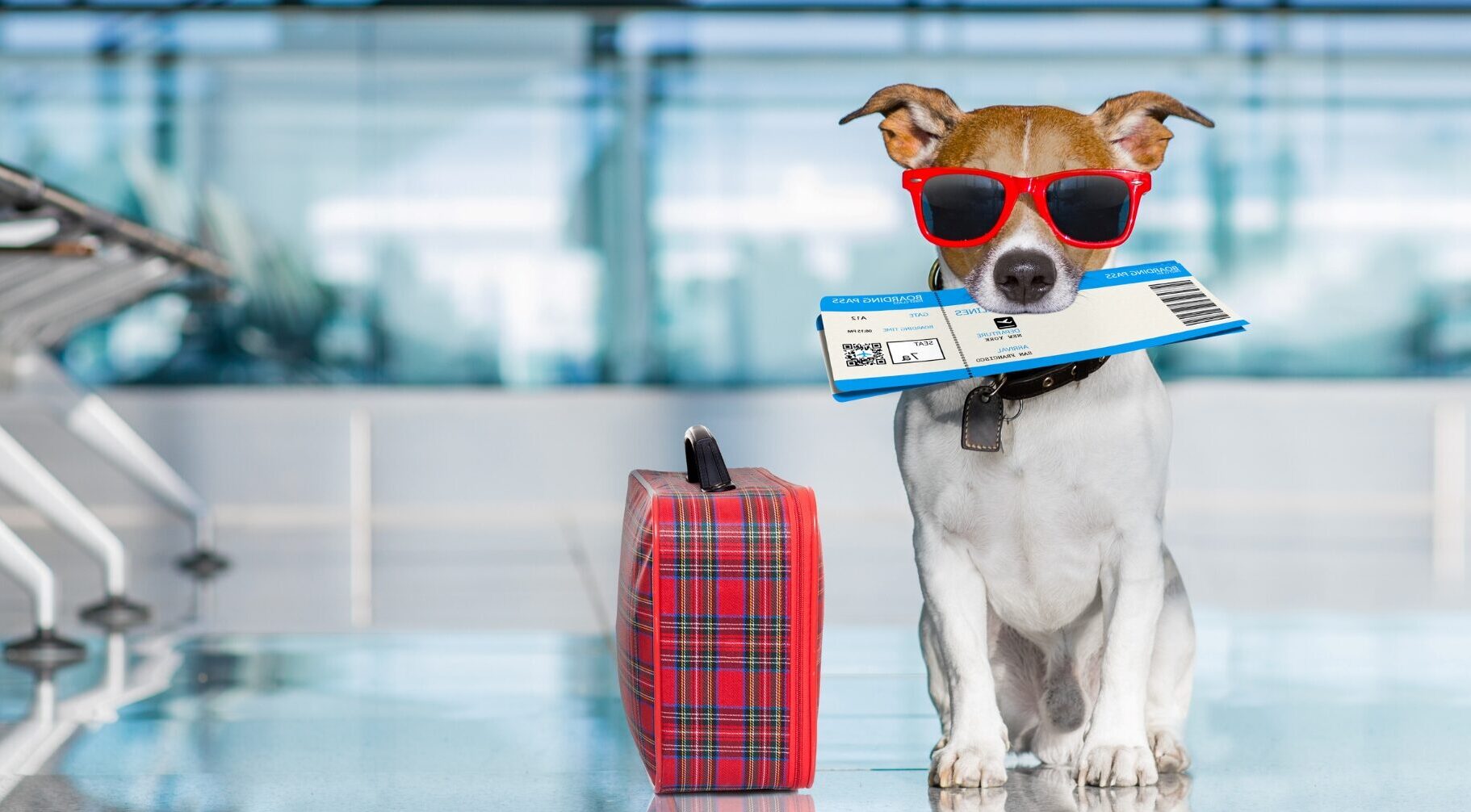
Travel Health Certificates
At Appanasha Pet Clinic, we’re here to simplify your pet’s travel experience. One of our USDA-certified veterinarians can handle all the necessary paperwork for both domestic and international trips.
Traveling With Your Pet: A Step-By-Step Guide
Step One: Identify what the travel requirements are for your pet.
Every country has specific pet travel requirements, which can be found on APHIS’ website. While we’ll assist you in preparing, it’s crucial for you to ensure you have the right documentation, vaccines, microchips, and adhere to the correct timing for your journey. Please note that we can’t be responsible for expenses related to travel delays or additional requirements.
Don’t forget about your return! It is just as important to understand the requirements of returning to the United States with your pet before leaving.
Step Two: Sketch out a feasible timeline.
Certain countries, like Japan and rabies-free states such as Hawaii, require a FAVN test, which can take around a month for results. Moreover, there are waiting periods after meeting medical requirements.
Only a USDA-certified veterinarian can complete and certify domestic and international health certificates. Allow ample time to send these documents to a USDA APHIS Veterinary Medical Officer.
For guidance specific to your destination, consult the USDA’s Pet Travel Guidance for Pets Leaving the United States.
Step Three: Schedule an appointment.
You can schedule your appointment with our USDA-certified veterinarians by calling us. We strongly advise booking an appointment with us as soon as you know you’ll be traveling with your pet internationally.
Most certificates must be signed by both a USDA-certified veterinarian and a USDA APHIS Veterinary Services endorsement officer at least ten days before travel. You can’t apply for the certificate the day before or on the day of your international trip.
Step Four: Send additional medical records.
If you’re not a current client or have medical records elsewhere, send a copy to our staff in advance of your appointment or bring them with to your visit.
Step Five: Attend the scheduled appointment.
Ensure you arrive at your appointment fully prepared with the required documents and a clear understanding of your destination’s demands.
While we will try to do all we can to make your upcoming trip successful, we cannot accept responsibility for any expenses if your travel is delayed or additional requirements are needed. It is up to you to ensure you are prepared for your travel and arrival at your destination country. If you fail to do so, you may be turned away at the border or your pet quarantined.
*The timing varies by country, please make sure of dates for your destination.
Additional Items
Changes for U.S.-vaccinated dogs that have been in a high-risk country
On July 31, 2025, CDC’s one-year transition period from the dog importation regulation update ended. There are two changes associated with the end of the transition period:
USDA-endorsed export health certificates issued after July 31, 2025, are no longer accepted for re-entry into the United States. The Certification of U.S.-Issued Rabies Vaccination form may no longer be issued retroactively after a dog has departed the United States.
If your dog received a rabies vaccine in the U.S. and has been in a high-risk country for dog rabies in the past 6 months, you will need 2 documents before your dog returns to the U.S.
The 2 required documents are:
1. the CDC Dog Import Form receipt and
2. the Certification of U.S.-issued Rabies Vaccination form
You can fill out the CDC Dog Import Form online to get the receipt, but a veterinarian must fill out the Certification of U.S.-issued Rabies Vaccination form before your dog departs the U.S.
Next Steps
If you have plans to travel with a pet in the upcoming months, please contact us today, and enjoy your trip!

